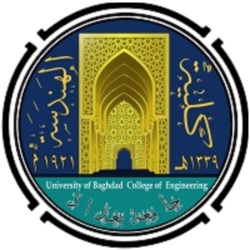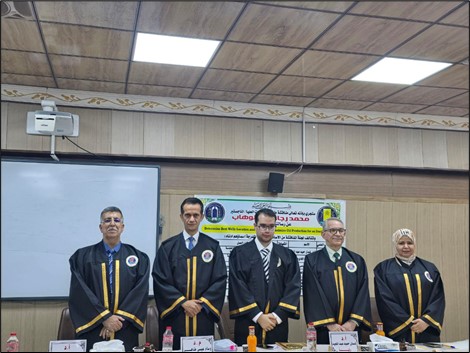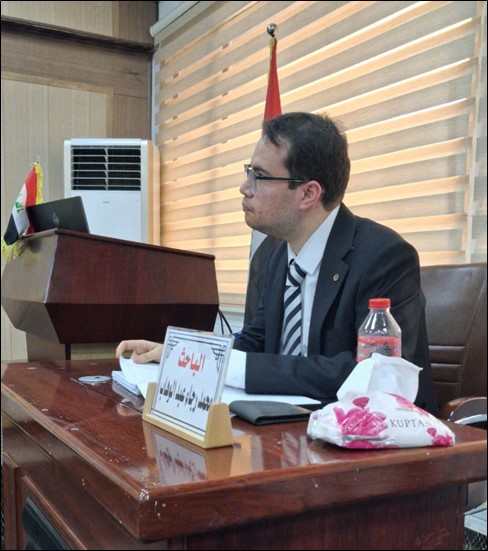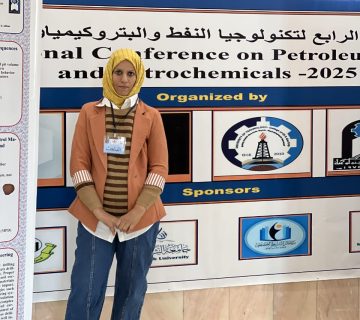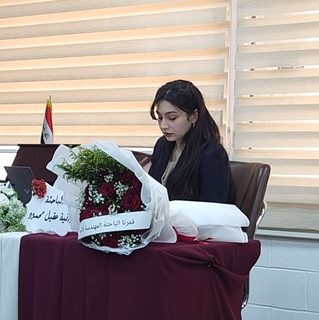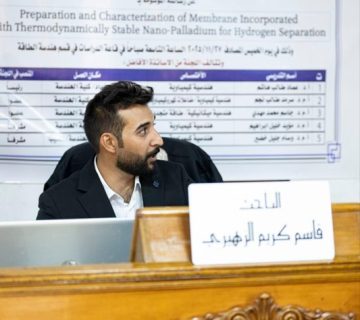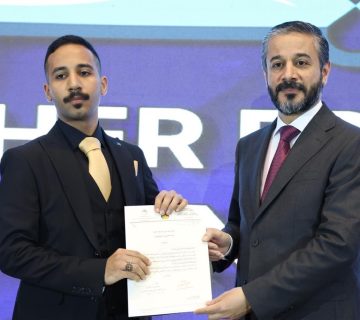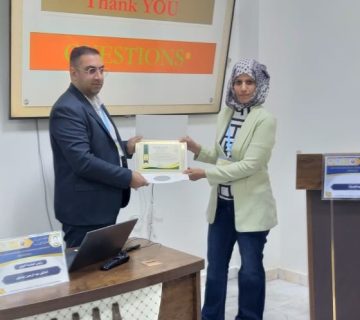On Sunday, September 14, 2025, the College of Engineering at the University of Baghdad hosted a public discussion of the master’s thesis submitted by student Mohammed Rajaa Abdulwahab in the Department of Petroleum Engineering. His thesis was entitled:
“Optimizing Well Placement Using Machine Learning to Maximize oil Production in an Iraqi Oil Field”
The discussion was held in the discussion hall of the Department of Petroleum Engineering. The committee consisted of the professors listed below:
- Dr. Ghassan H. Abdul-Majeed – University of Baghdad / Department of Petroleum Engineering – Chairman
- Prof. Dr. Dahlia A. Al-Obaidi – University of Baghdad / Department of Petroleum Engineering – Member
- Wisam Iessa Taher – Ministry of Oil, Reservoirs and Field Development Directorate– Member
- Dr. Ayad A. Al-Haleem A. Al-Razzaq – University of Baghdad / Department of Petroleum Engineering – Member and Supervisor
This study aims to overcome the limitations of traditional methods in optimizing oil field development, which are often slow and inefficient, by developing an advanced approach that integrates reservoir simulation with artificial intelligence algorithms. The study was applied to the Abu Amoud field in the Iraqi Zubair reservoir, where a 3D reservoir model was constructed after predicting its key properties, such as porosity and permeability, with an accuracy of 85%, relying on an automated machine learning framework. In the optimization phase, advanced algorithms (GA, PSO, CMA-ES, DE) were applied, utilizing active surrogate models, such as Deep Ensemble Neural Networks (DeepEnsemble) and Gaussian Processes (GP), to accelerate the process.
The results demonstrated the particular effectiveness of the DeepEnsemble model in two different scenarios. In the production-only scenario, it achieved a recovery factor of 15.9%. The model recommended shutting in two wells and drilling 23 new wells, leading to a Net Present Value (NPV) estimated at $9.8e+9 (with 2.2e+8 barrels of cumulative oil). In the production with water injection scenario, the model achieved a 22% recovery factor. The NPV increased to $1.13e+10 (with 3.05e+8 barrels of cumulative oil) by shutting in three old wells and drilling 22 production wells and 17 injection wells. The model achieved these precise results using only 300 simulations, proving that this methodology is a powerful and efficient tool to support decision-making in oil field development plans.
After a scientific discussion by the members of the discussion committee, listening to the researcher’s defense, and evaluating the thesis, the thesis was accepted, and the researcher was awarded a Master’s degree in Petroleum Engineering.
